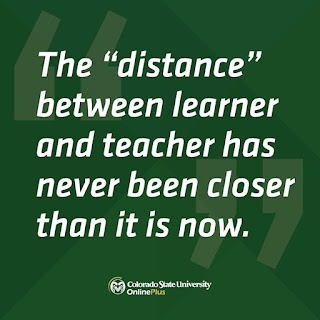Online and In Person Learning Connections
After watching the videos on active learning strategies for remote learning, I was instantly able to make connections to in-person learning. Many of these strategies are strong and effective for in person learning so being able to adapt them to remote or online learning should be just as effective. The first strategy is the jigsaw strategy. Students get split into three or four groups where they study one topic and take notes. After about 15 to 20 minutes later, the students are responsible for sharing what they learned with members of the other groups. This can be done remotely by assigning a topic for students to research online and then setup Google Meets groups for them to share when they finish their own research. In Google Meets, students can be put into breakout groups and the teacher can pop into each group to ensure that students are having effective discussions and are sharing their work.
Another effective strategy that can be done online and in person is a gallery walk. In person, the students would display their work on their desks and would rotate around to look at each piece of work and offer advice on editing it or ask questions to the creator that would help the creator's comprehension of the topic of their work would become stronger. For example, if a creator wrote a nonfiction narrative piece on an animal, a member of the gallery could ask questions about the animal to the creator. This would help the creator's comprehension of their animal grow stronger. This is possible online through the use of a discussion board. The students could each post their project as a new post. Then, other students would have to post a question or advice for the creator on each post. Then, the creator would be respsonsible for responding back to the gallery member if it was appropriate.
The third effective strategy that I could make the connection to between in person and remote learning is having explicit policies for learning. When the school year begins, according to Responsive Classroom, policies need to be put into place for the classroom for the teacher and the students. What does the teacher expect of their students when independent reading takes place? What does the teacher expect of their students when they line up to leave the classroom? What do the students expect of their teacher for how they treat them? All of these expectations can be carried through online. When a teacher is teaching students online, they need to be clear and firm for expectations on how learning will take place when students are home. Teachers need to explicitly share these expectations just as they would when learning takes place in the classroom. Teachers should share if they want students to leave their camera on or off during Google Meets from the first time learning takes place online. Teachers should share if they want students to stay muted or unmuted for the duration of the lesson. Students should expect that their teacher understands that they cannot stay online for the entire duration of the school day. There should be opportunities for asynchronous learning to take place and students can work offline. The teacher can be available for meeting, but there is no formal lesson that the students have to sit through.


Comments
Post a Comment